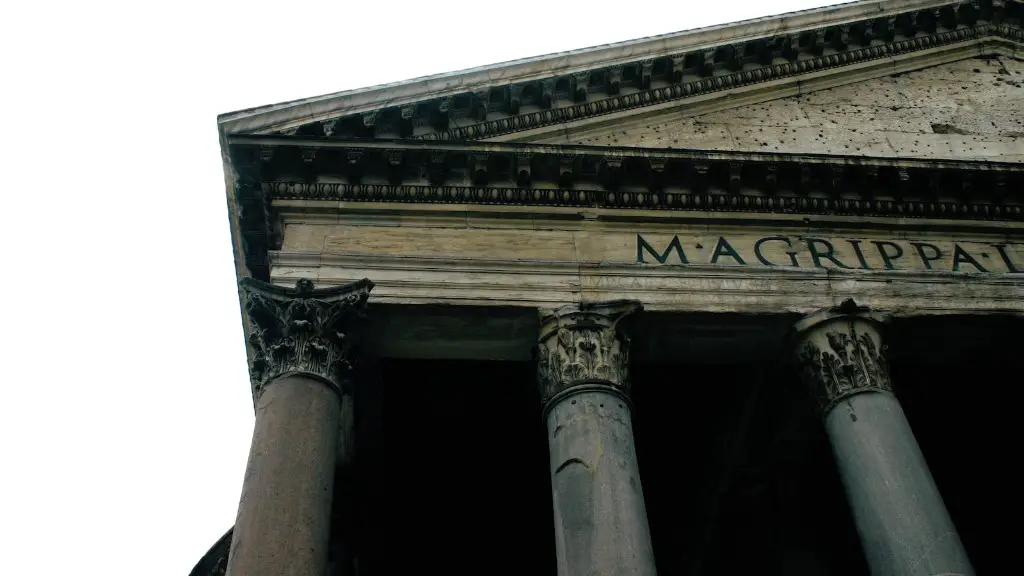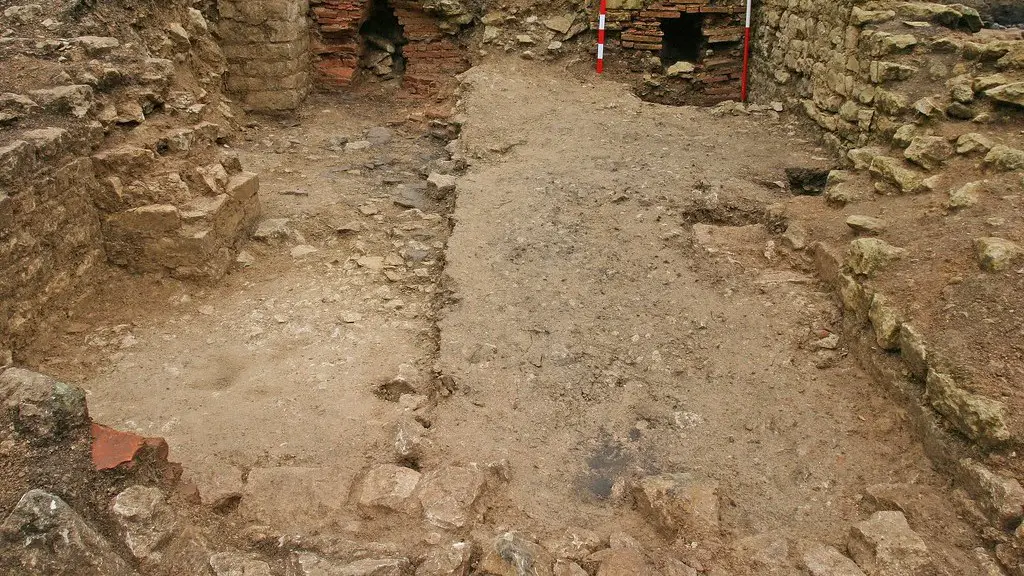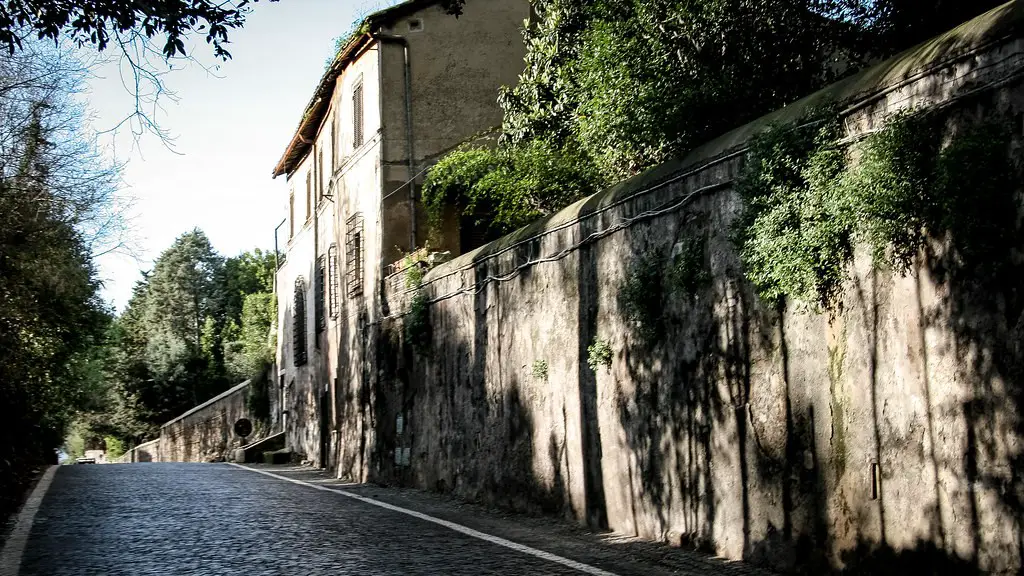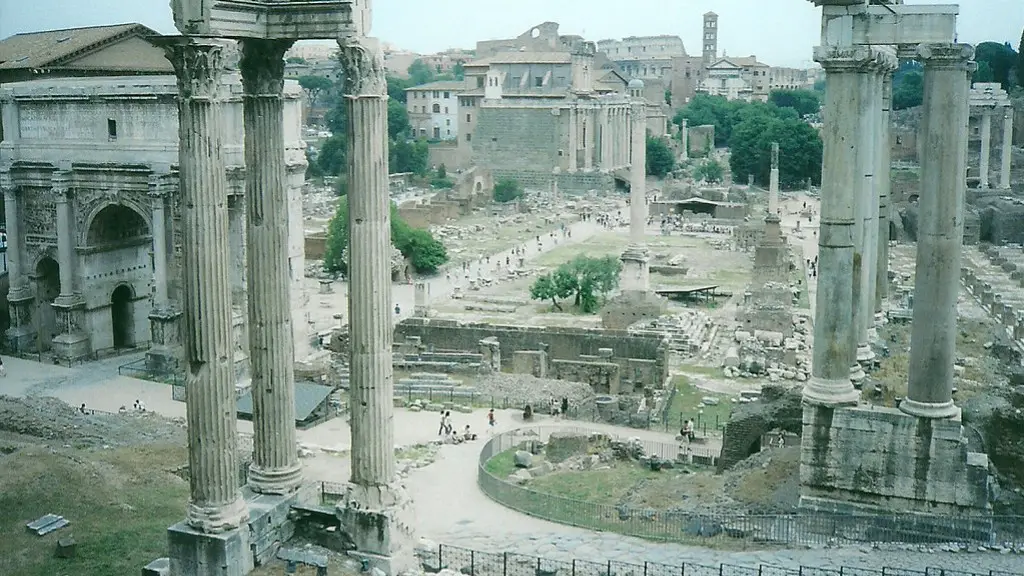While today we take for granted that our water is safe to drink, this was not always the case – even in major cities like ancient Rome. In a world before modern plumbing and water treatment, how did the people of Rome keep their water clean enough to drink? And did everyone have access to safe water, or were only the wealthy able to afford it?
Although the quality of water in Ancient Rome was not always the best, it was generally safe to drink. Roman aqueducts were built to bring fresh water into the city, and the water was usually clean. However, the water could become contaminated, particularly during the summer when water stagnated in the aqueducts.
Did ancient Rome have clean drinking water?
The Roman aqueducts were a system of channels and bridges that were used to transport fresh water from one place to another. These aqueducts were built in such a way that they could transport water for long distances without losing any of its freshness or purity. The aqueducts were an important part of Roman life, as they provided clean water for bathing, drinking, and other everyday needs.
Fountains were an important part of ancient Roman life, as they provided the only source of potable water. These public fountains were much like those found in modern day Rome, and were an essential part of daily life. Ancient Romans would have gathered at these fountains to socialize and get water for their homes. The fountains were a vital part of the Roman cityscape, and provided an essential service to the community.
Did they drink water in Rome
Rome is full of fountains from which you can get clean, drinkable water for free. There are two types of these fountains in Rome. Most people in Ancient Rome got their water directly from these fountains, which were fed by aqueducts. Rome still has many of these fountains today.
The Greeks and Romans used different methods to improve the quality of the water if it did not satisfy their quality requirements. From written sources and archaeological excavations, we know that using settling tanks, sieves, filters and the boiling of water were methods used during antiquity.
How did poor Romans get water?
The development of aqueduct technology was a game-changer for the Roman Empire. Aqueducts allowed for the transport of large quantities of water from distant sources into urban areas, providing a reliable and consistent source of water for the first time. This technology transformed the way that Roman cities functioned, and had a profound impact on the development of Roman civilization.
This is a really worrying finding, as lead is a known neurotoxin that can cause a range of health problems. It’s possible that the high levels of lead in the tap water could have contributed to the decline of the Roman Empire.
The researchers say that more work needs to be done to understand exactly how the lead got into the water, and whether it was the only factor in the decline of Rome. But it’s definitely something that needs to be investigated further.
Did ancient Romans suffer from lead poisoning?
It is possible that lead poisoning played a role in the decline of the Roman Empire. High-born Romans would have been exposed to lead through their diet and water supply, and this could have lead to diseases like gout and other health problems. However, this is just one theory and more research is needed to confirm it.
Although Roman writers commented on the toxicity of lead, classic chronic lead poisoning was first described only in the 7th century AD. Skeletal lead content increased significantly in the Roman era, but peaked at a level only 41-47% of that of modern Europeans.
Did Romans drink wine instead of water
The Romans usually mixed one part wine to two parts water. The Campanian coast around Pompeii and the Surrentine peninsula were popular with Romans of wealth and fashion, many of whom had vineyards and villas there.
Rome’s tap water is some of the best in the world! 97% of it comes from springs and is transported via the aqueduct Peschiera-Capore. The water is clean and has a smooth, pleasant taste. So next time you’re in Rome, don’t hesitate to drink from the tap!
Can you flush toilet paper in Rome?
In Rome, you can flush your toilet paper just like in any other country in Europe. Just be careful not to flush too much at once, and never flush wet wipes!
The water from the nasone is safe to drink and is always cold because it flows non-stop. The supplier is Acea, a public energy company that makes 250 thousand controls on the water every year.
When did water become safe to drink
The disinfection of water has played a critical role in improving drinking water quality in the United States. In 1908, Jersey City, New Jersey was the first city in the United States to begin routine disinfection of community drinking water. Chlorine is the most common disinfectant used in water treatment plants today. Chlorine is effective at disinfecting water and killing harmful bacteria. However, chlorine can also react with organic matter in water to form harmful byproducts, such as trihalomethanes (THMs). Therefore, it is important to monitor the levels of THMs in drinking water to ensure that they remain below safe limits.
Bathing was a communal activity in ancient times. The largest known baths could take 3000 people at a time, clean and dirty, healthy and sick. People did not use soap and they preferred to be slathered in oil and scraped clean with a curved implement called a strigil.
When did humans start drinking water?
Around 7000 years ago, people in Jericho began storing water in wells for use as a source. They also started developing systems for transporting drinking water through simple channels dug in the sand or in rocks. Later on, people began using hollow tubes for water transport.
Private toilets were found in many Roman houses and apartments in Pompeii and Herculaneum. These toilets were usually located near the kitchen or in upstairs rooms. The Pompejanum in Germany is a good example of a Roman villa that has been reconstructed with a single latrine next to the kitchen.
Warp Up
There is no definitive answer to this question since there is no clear evidence one way or the other. However, it is worth noting that the Roman Empire was one of the most advanced civilizations of its time, and they had a very good understanding of public health and sanitation. Therefore, it is likely that the water in ancient Rome was safe to drink, although there may have been some exceptions.
Overall, it is difficult to make a judgement about the safety of water in ancient Rome. It seems that, depending on the source, the water was either safe or unsafe to drink. It is clear that the water was not as clean as it is today, and that there were many contaminants present. However, it is also clear that the ancient Romans had a good understanding of water safety and were able to make it safe to drink in many cases.





